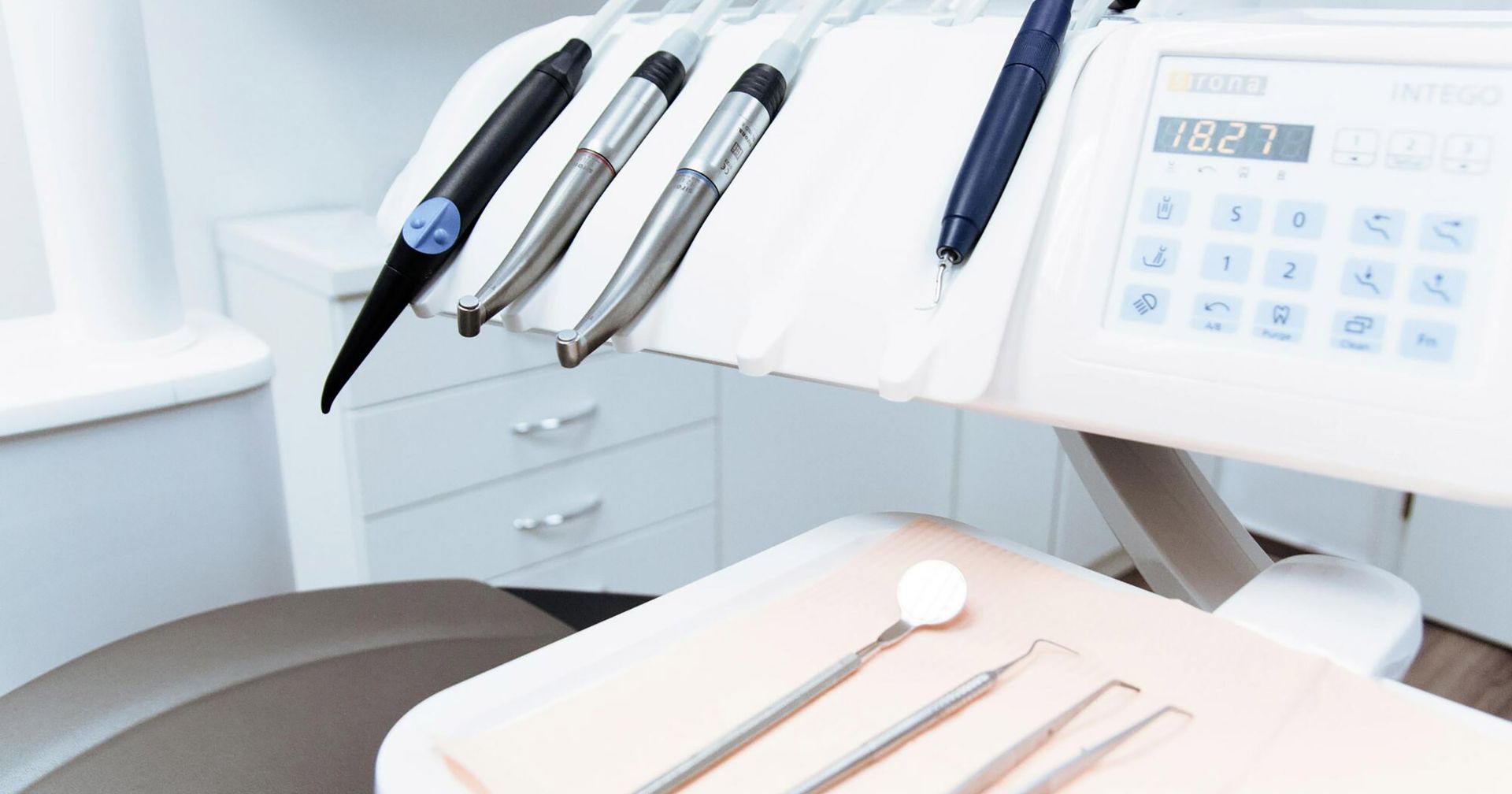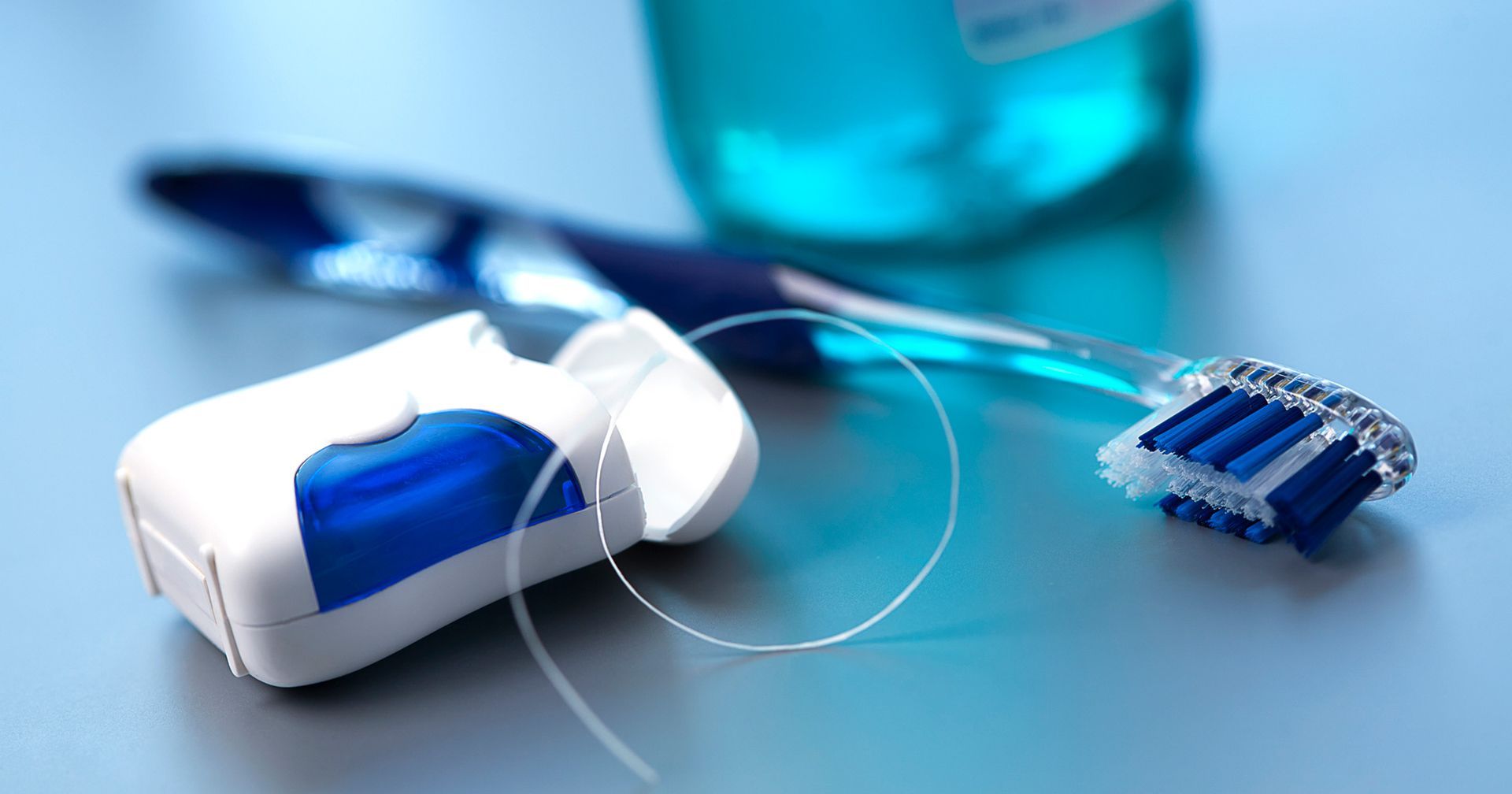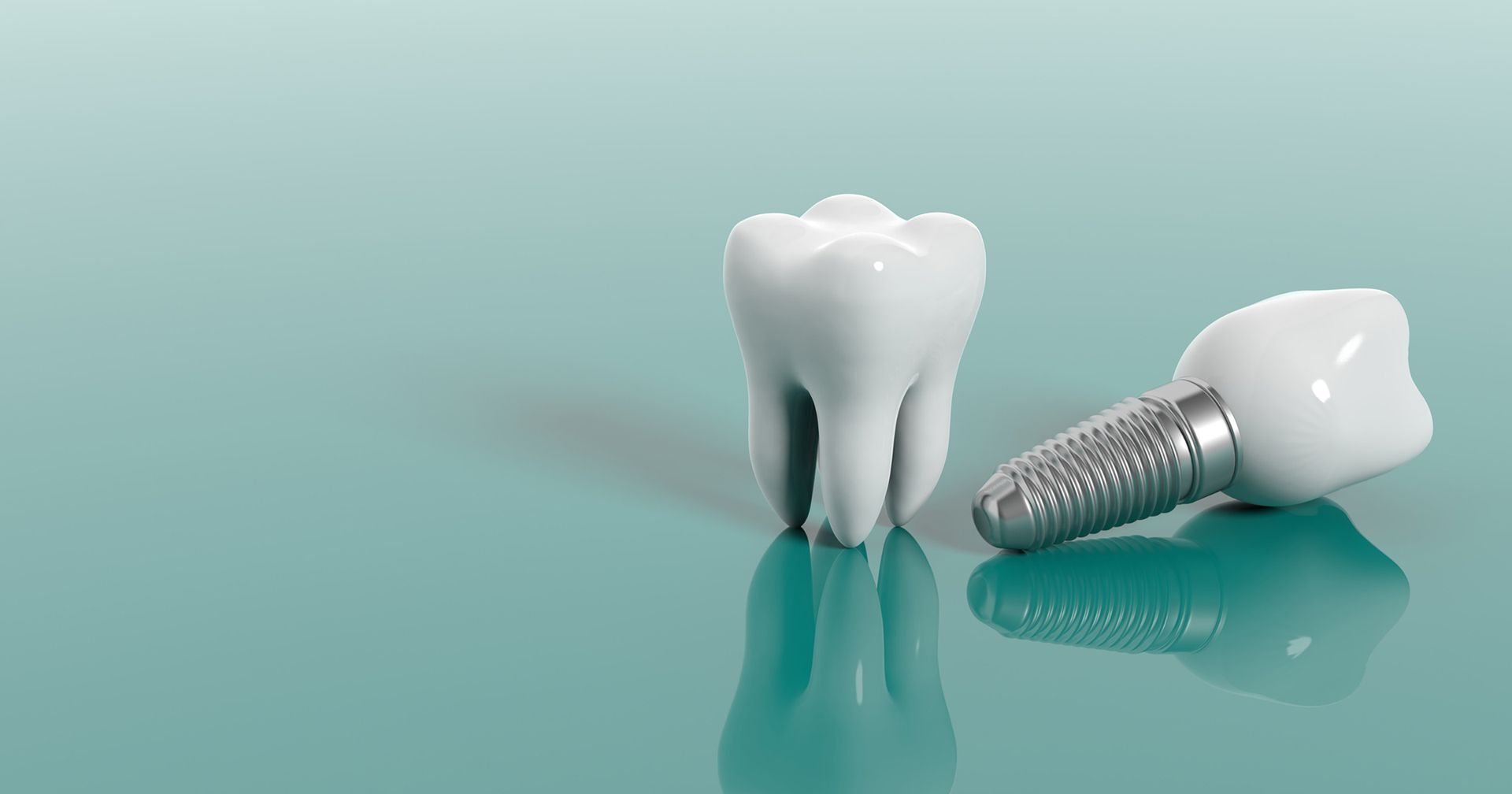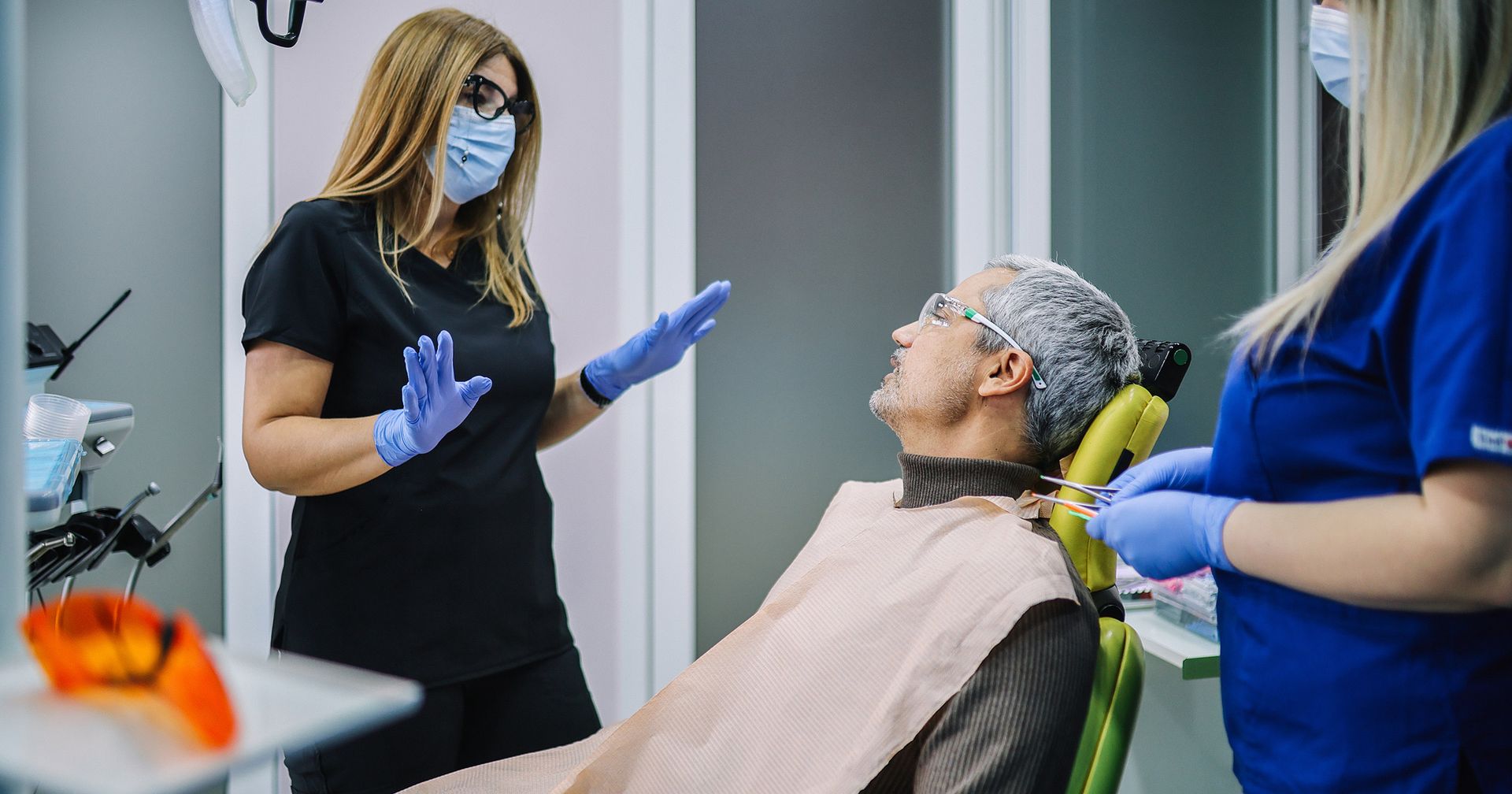Explore gingivitis stages and learn how to maintain optimal oral health. Discover effective prevention tips now for healthier gums.
Spotting the Early Stages of Gum Disease
Your gums might feel a little tender or look slightly red, but these early shifts are easy to brush off. You might notice blood on your toothbrush or a bad taste that lingers in your mouth.
These signs don't seem serious at first, which is why many people miss them. Still, this stage is the easiest time to make a change and stop things from getting worse.
Paying attention to these early signs can make all the difference in keeping your mouth healthy.
Why Things Start to Get Worse
When you neglect brushing and flossing, bacteria build up and start to irritate your gums. Over time, that irritation becomes inflammation. Gums might:
- Swell
- Feel sore
- Look darker than usual
As your body tries to fight the infection, the damage quietly spreads. At this point, changes in your mouth are harder to ignore, and the gum disease progression becomes more obvious.
The Point Where Damage Begins
Gums begin to pull away slightly, creating small pockets that trap food and bacteria. Bad breath becomes more common, and teeth may feel a little loose. This stage marks the shift from surface irritation to real damage.
What once felt like minor discomfort now feels harder to manage. Some signs that you're in deeper trouble include:
- Gums that bleed even when you're not brushing
- Sensitivity when eating or drinking
- Receding gumlines
- Constant bad taste
- Swelling that doesn't go away
Addressing these signs early can stop permanent damage from setting in.
How Advanced Problems Show Up
At this point, your mouth may hurt even without touch. Teeth might feel like they're shifting or becoming unstable.
Gaps could appear between teeth, and chewing might become uncomfortable.Infection can spread deeper into the bone, causing serious health concerns.
When Gums Start to Pull Away
Once gums begin pulling away from the teeth, it opens the door to serious infection. Deep pockets make brushing less effective, and food starts getting trapped.
Inflammation gets worse, and teeth may feel more sensitive to pressure. Without treatment, the damage spreads quickly. To limit this risk, focus on habits that support healing, such as:
- Brushing twice daily with a soft-bristled toothbrush
- Flossing carefully once a day
- Using antibacterial mouthwash
Following these steps can help stabilize your condition.
The Role of Daily Habits
The way you care for your mouth every day matters more than most people think. A solid routine can help keep your gums strong and your teeth clean.
Skipping floss or rushing through brushing can undo all your progress. Small lapses pile up fast and make it harder for your mouth to recover.
Even with professional care, your efforts at home make a substantial difference.
How to Turn Things Around
You don't have to accept declining gum health as permanent. Professional cleanings and minor lifestyle changes can reverse early-stage issues.
Many people see major improvements within weeks of making consistent changes. Some helpful strategies to consider are:
- Eating fewer sugary snacks
- Swapping soda for water or tea
- Using a water flosser
These small shifts add up and support gingivitis prevention in the long run.
Professional Help That Makes a Difference
Dental visits aren't only for fixing problems. They're your best shot at staying ahead of them.
Cleanings remove buildup that you can't reach at home, and exams help catch changes before they grow. A dentist can also guide you through each stage, making the process feel
less stressful.
With the right tools and support, you don't have to guess what's working. Even stubborn cases improve faster with expert care on your side.
Keeping Your Mouth on Track
Long-term gum health takes effort, but it's worth it. Staying consistent with your routine makes setbacks less likely. Once your mouth starts to heal, you'll notice:
- Fresher breath
- Less bleeding
- Stronger gums
These changes don't happen overnight, but they do come with steady effort. A few key habits can keep your progress going strong:
- Sticking to a regular cleaning schedule
- Avoiding tobacco
- Paying attention to small changes
A steady plan and good follow-through make it easier to build healthy habits that last.
Staying Ahead of Future Issues
Once your gums feel better, it's tempting to slip back into old habits. That's when problems quietly start again. Keep in mind that the goal isn't perfection.
Instead, it's consistency. A few minutes each day protects the progress you've made.
Finding the Right Dentist
Finding the right dentist can make all the difference in how you feel about your oral health. You want someone who:
- Listens
- Explains clearly
- Offers care that fits your needs
Comfort matters, especially if you've had bad experiences in the past. Look for a team that takes time with patients and offers modern tools that make treatment easier.
A
trustworthy dentist should make you feel confident about your care, not confused or rushed. The right choice helps you stay healthy and at ease.
Never Ignore the Gingivitis Stages
The earlier you start, the easier it is to stay ahead of future issues. Learning the gingivitis stages gives you the edge you need.
Dental Specialists of Niles offers expert care in dental implants, cosmetic dentistry, and full mouth rehabilitation all in one convenient location. With over 20 years of experience and 5,000+ implants placed, Dr. Anasinski leads a highly trained team dedicated to restoring confidence, comfort, and oral health.
Schedule an appointment for your free consultation today.















